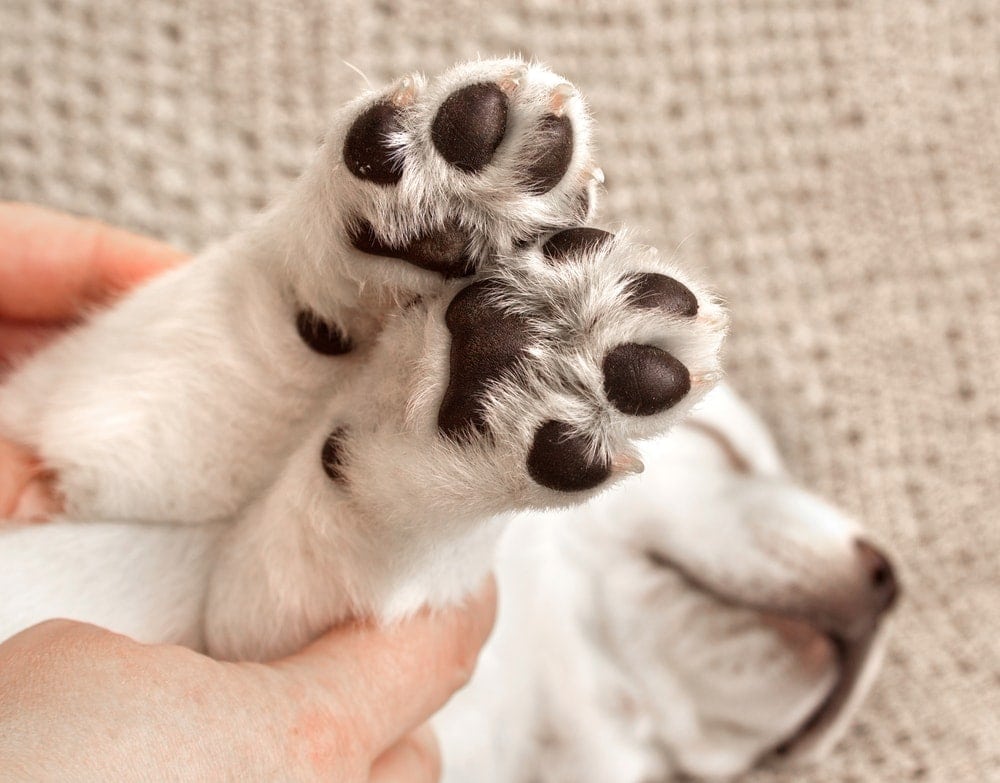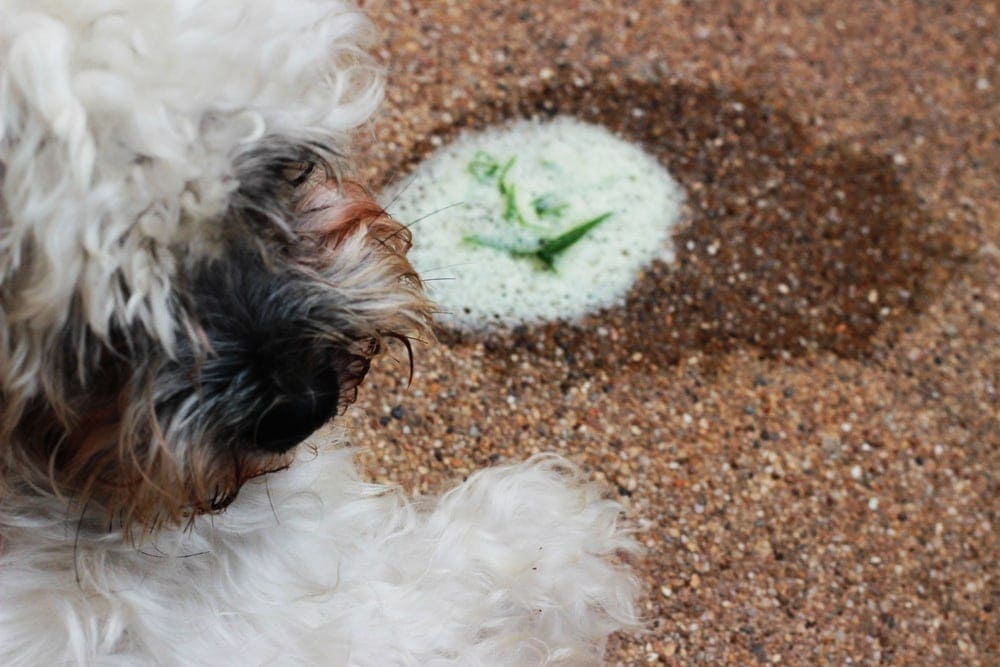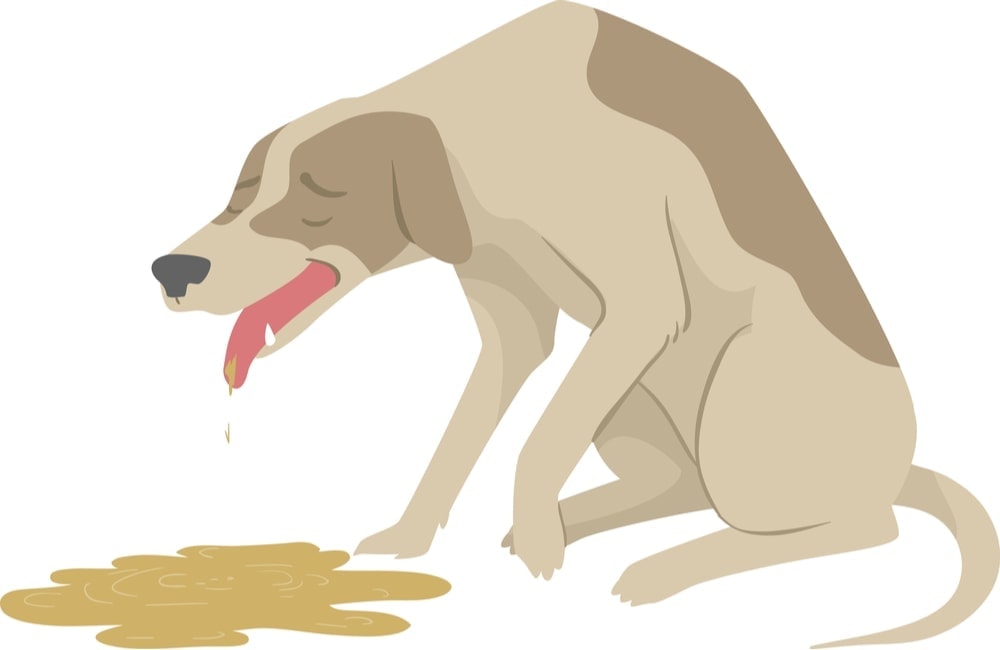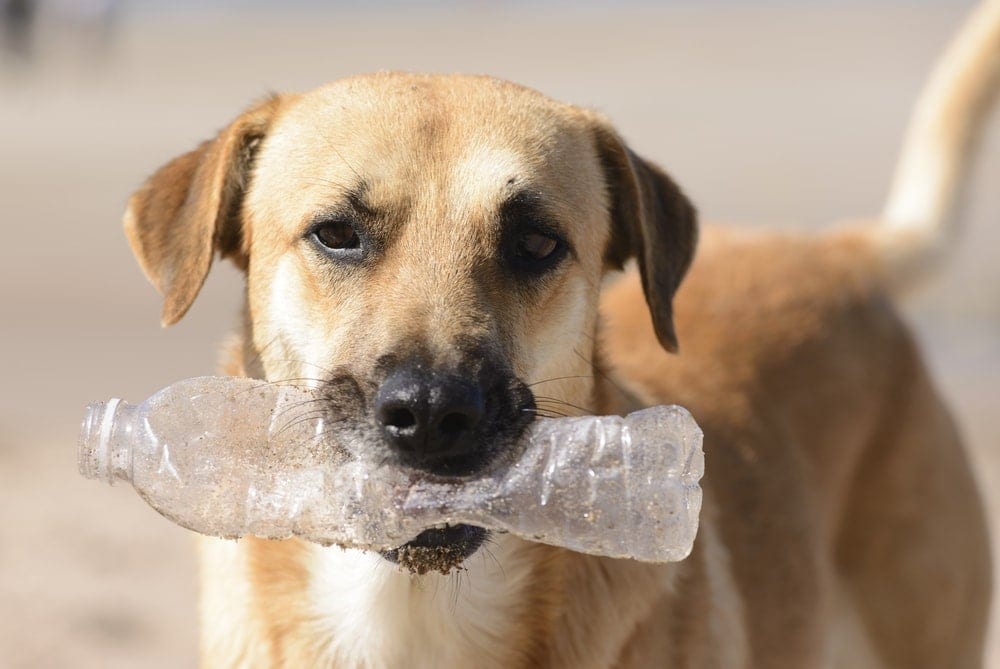There are all sorts of misconceptions when it comes to things that can supposedly predict the eventual size of a puppy.
Some people claim that the proof is in the paws. If you want to know how big your dog is going to be, there are a few things you’ll need to know.
Stages of Doggy Development
Depending on the breed, a dog can reach full size within as little as six months. It could take up to a couple of years for your dog to stop growing.
These stages of development include:
Neonatal
The neonatal period for a dog spans from birth to about two weeks. This is the period of time where the dog learns important social skills and other things.
Transitional Period
The transitional period is from two to four weeks. Dogs that are going through this stage of development start developing teeth and their sense of smell as well as hearing.
Socialization
From 4 to 12 weeks, your dog should be exposed to other dogs as well as being house broken. This is also a crucial time these animals in terms of developing proper social skills/habits.
Ranking Period
The ranking period goes from about 3 to 6 months, and it is when these animals start teething and developing a sense of submissiveness or dominance.
Adolescence
When your dog is 6 to 18 months old, it will start to rebel against your rule like an angsty teenager. This is also the period of time when these animals begin chewing on everything in sight.
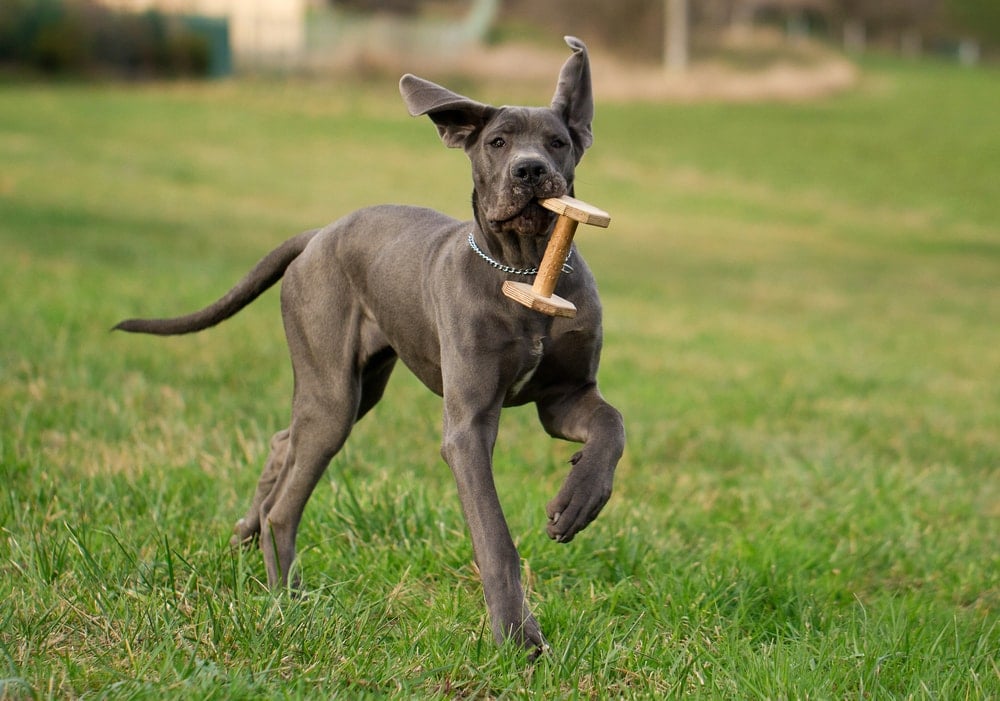
Why Size is so Important
The eventual size of your dog is going to be important for a number of reasons. It will play an important role in determining just how easy your pet will be to care for. Very large dogs take up a lot of space, so you need to keep that in mind. This could be problematic if you have a very small house or no backyard for it to run around in. You can use our Puppy Weight Calculator to get a clue about how big your puppy will get when it’s adult.
Being able to guess the approximate future size of your dog can also help you buy the right size crate. You can get a crate that will provide your pet with enough space the first time around. This will eliminate the need to eventually buy a larger one as it grows.
Is Paw Size an Accurate Estimation for Future Growth?
While the size of your dog’s paws isn’t a 100% accurate way to estimate their future size, it can be an indication. This is especially true if your dog’s paws are either much smaller or larger than they should be at their current stage of development.
A vast majority of dogs start to grow into their paws at around three months old. It will be a lot easier for you to tell how big your dog will be at this point in time.
You will need to take the breed of your dog into consideration. Larger breeds naturally have big paws, even when they are still just a puppy. Some smaller dogs like bulldogs have fairly large paws to support their hefty physique.
Most purebred dogs tend to grow to the same size, making it fairly easy to guess how big they will be down the line. Just look up the average height and weight of your breed and their gender. Males almost always grow to be at least slightly larger than females.
It is also important to remember that a dog’s paws tend to grow slower than the rest of them. This is why using this metric to estimate their eventual size can be difficult.
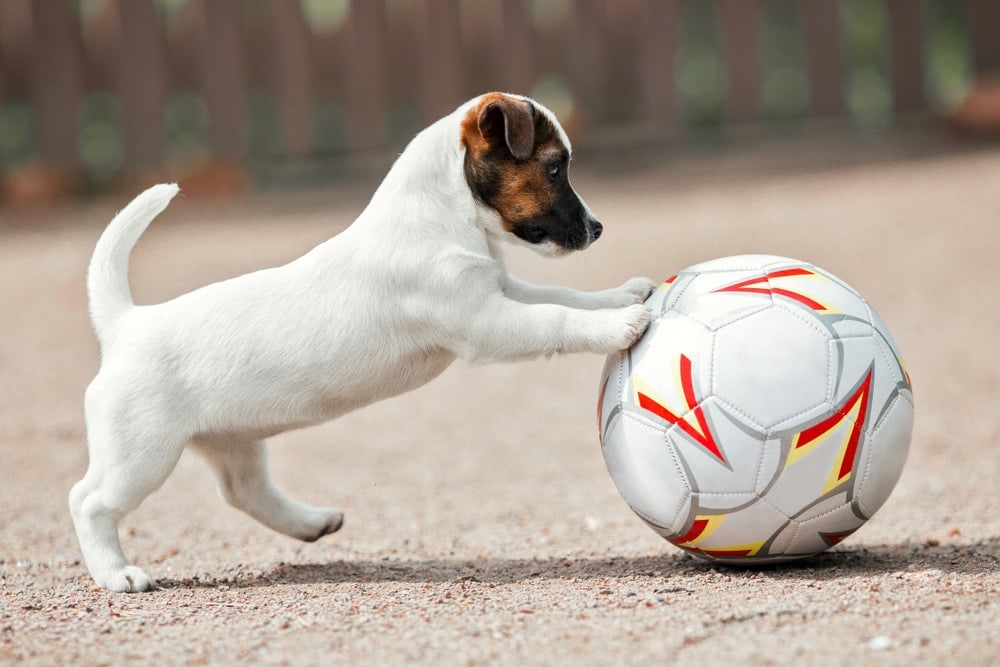
Other Factors
There are a few other things that can be used to estimate size, but they too are not always completely accurate.
Some of these factors include:
- Loose skin: The amount of loose skin on your puppy could be an indication for its eventual overall size. If your dog has a lot of loose skin, it probably still has a good amount of growing to do. The exception to this is dogs that naturally have a lot of excess skin, such as bulldogs.
- Weight: You might also be able to guess at the future size of your dog based on its weight as a puppy. You can multiply the weight of your dog at six weeks old by four to get a rough estimate of its adult size. This doesn’t always work, but it is worth doing if you are curious.
- Age: Most dogs are about half as big as they will eventually become by the time they are around 3-4 months old. This will give you a good idea as to how large your pooch will be when they are fully mature.
- The dog’s parents: The size of the dog’s parents can be a good indication as to how big their offspring will get as an adult. This is something to consider if you either have their parents in the house or have just seen them briefly.
Conclusion
- The eventual size of your dog will ultimately determine how easy it will be to care for it.
- A dog’s paws can be an indication of their eventual size, but it is not a completely accurate metric to use.
- Keep in mind that a dog’s paws are the slowest part of them to grow while their body is still developing.
- You can also get an idea of your dog’s future size by looking at how big their parents are, as this is usually decided by genetics.
- It may also be possible to guess at your dog’s growth by observing how much loose skin it has on its body.
- Purebred dogs tend to grow to roughly the same size with a little bit of variation.
- Mixed breeds or mutts can be more unpredictable when it comes to their eventual size as an adult.
- By the time your dog has reached three months old, they will probably be about half as big as they will eventually become.
